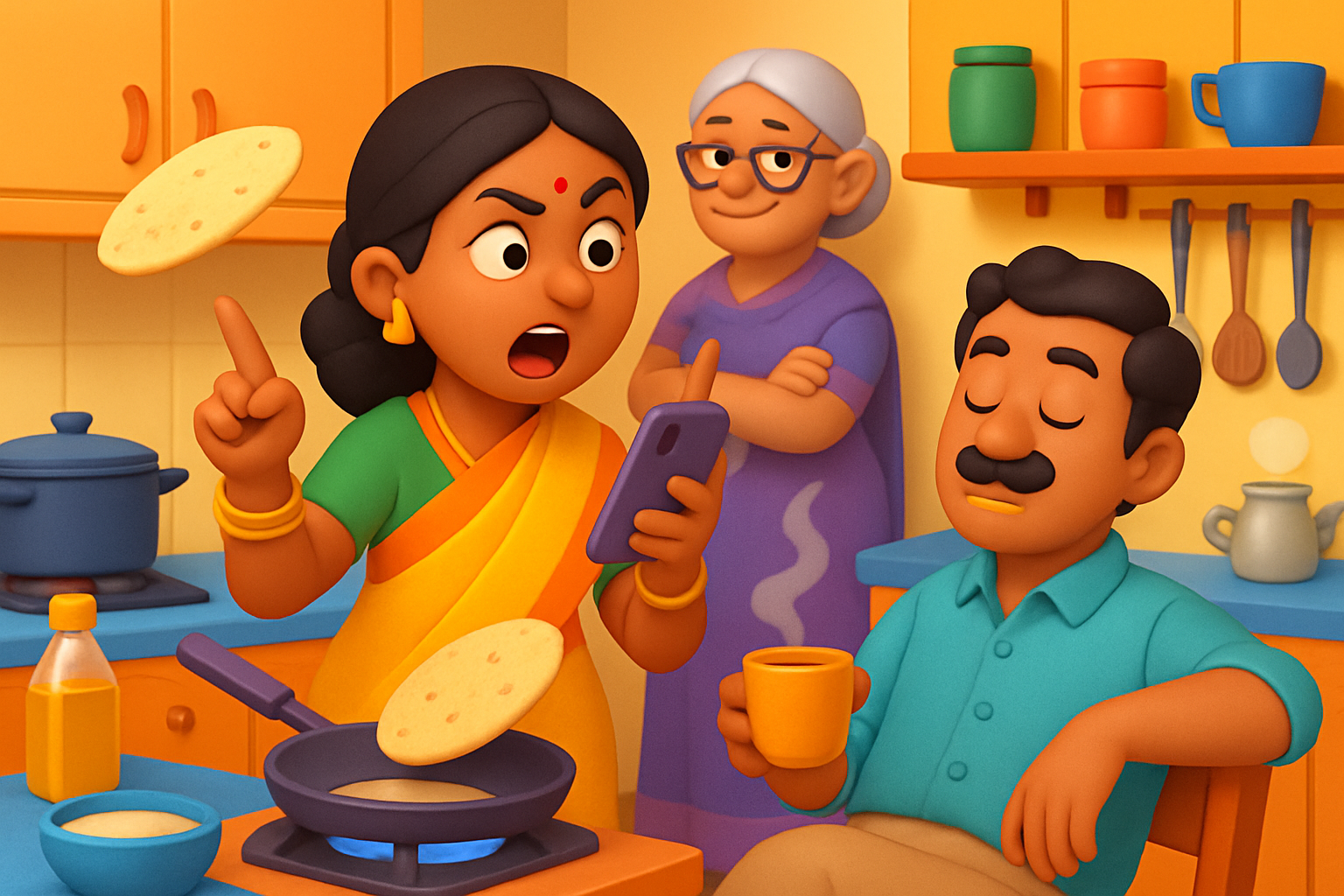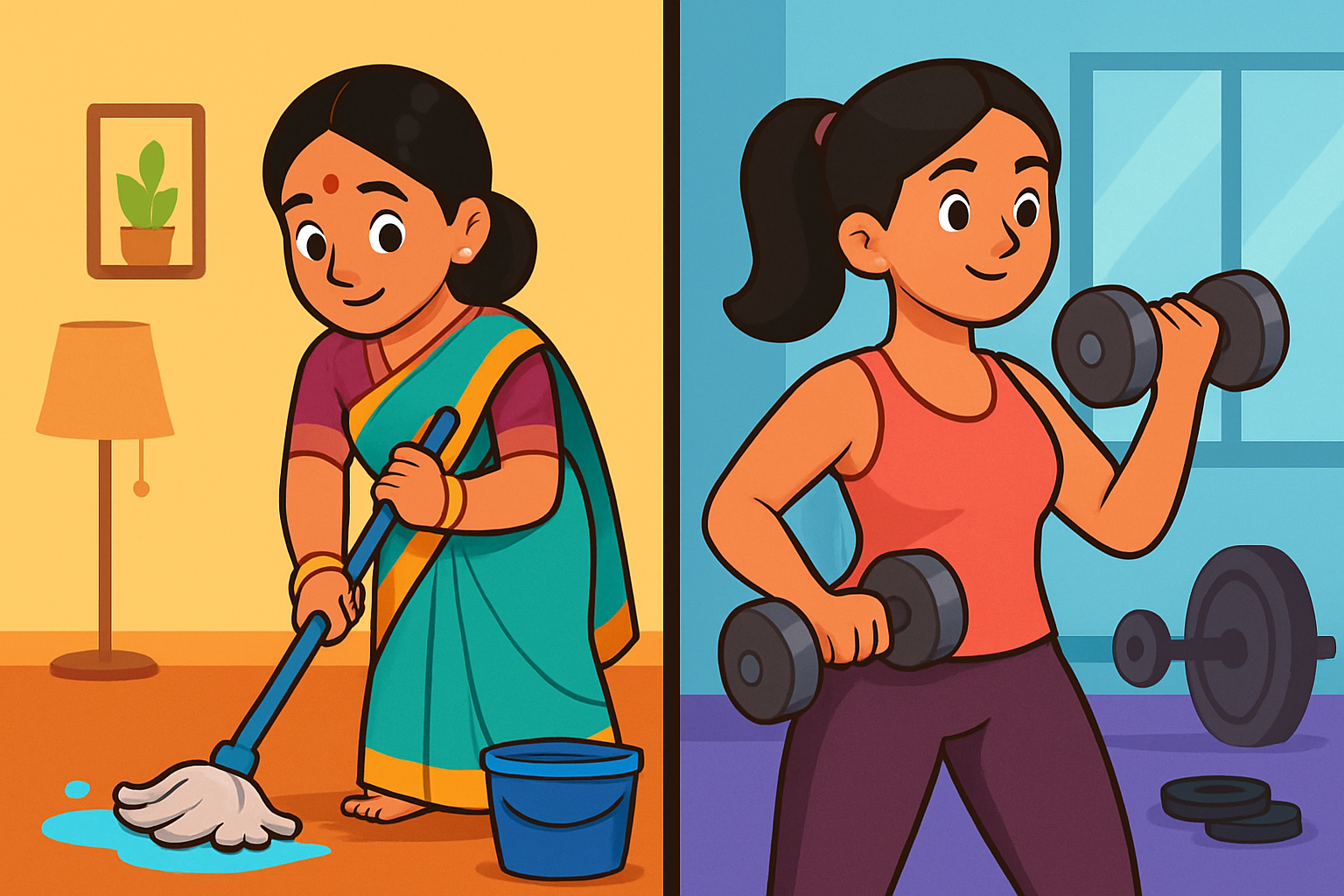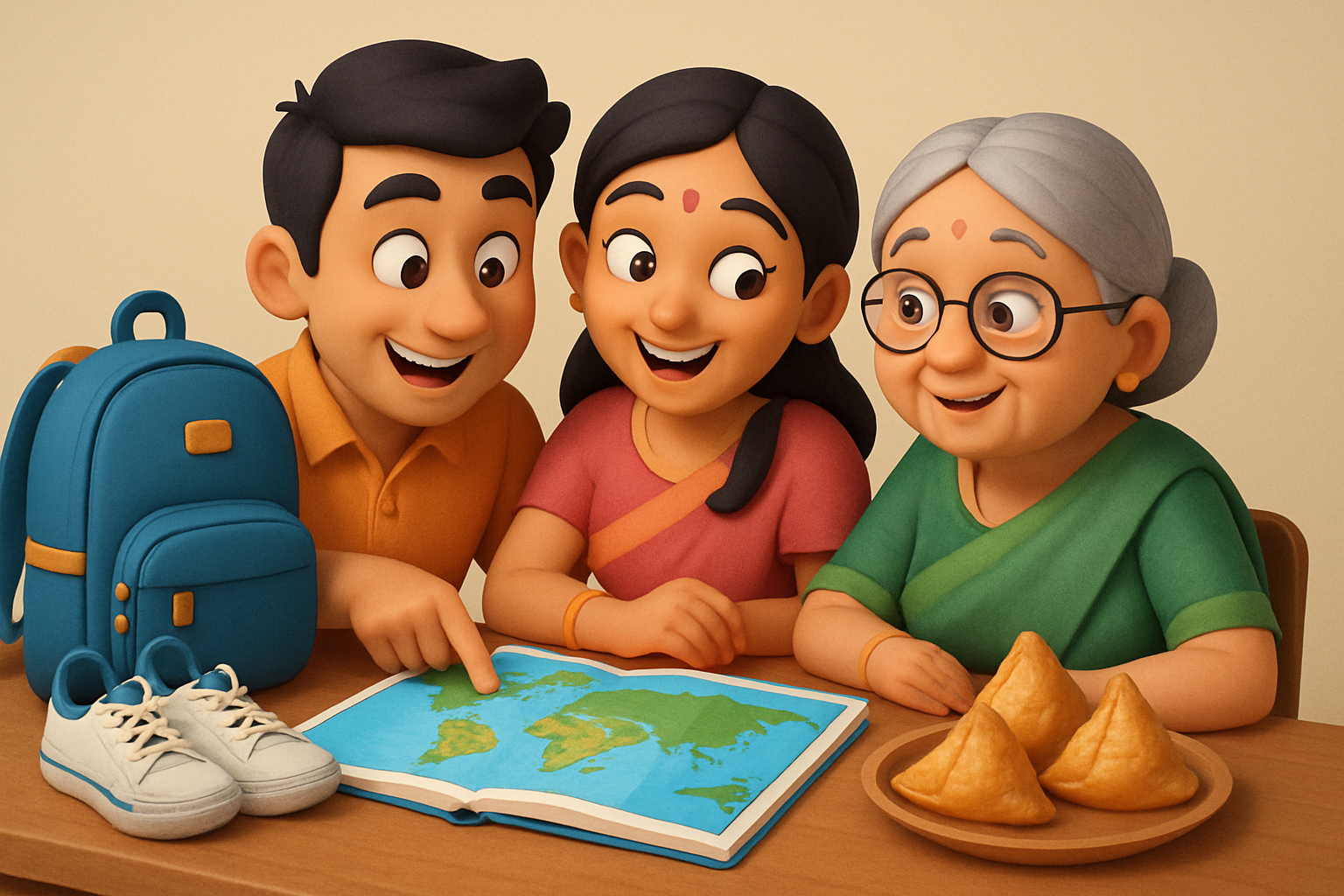white rice /brown rice mystery
Grain & Prejudice: The Rice Wars
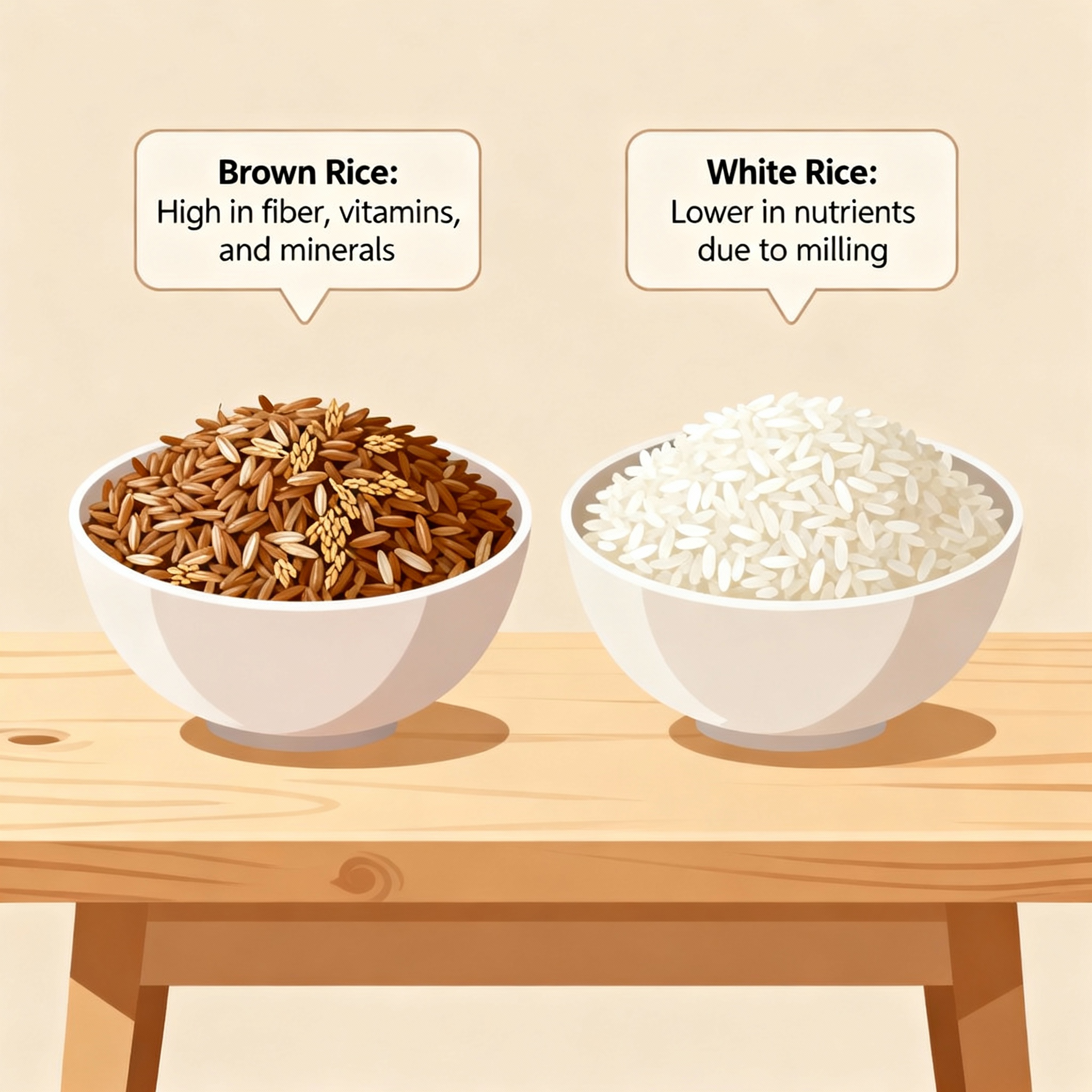
Welcome to the most heated kitchen debate since chapati vs bread! In one corner, we have the sophisticated brown rice—the Jane Austen of grains, beloved by health enthusiasts and Instagram nutritionists. In the other corner, humble white rice—the dependable friend that's fed billions but somehow became the villain. Let's settle this grainy drama once and for all!
Meet Our Grainy Protagonists
- Brown Rice: The wholesome, unpolished hero with its bran intact. Fiber-rich, nutrient-dense, and slightly nutty. Think of it as the responsible older sibling who went to health school and never lets you forget it!
- White Rice: The processed, polished charmer that's been stripped of its outer layers. Quick-cooking, easy to digest, and comfort food royalty. The reliable friend who's always there when you need a quick meal!

The Nutritional Plot Twist
- Fiber Drama: Brown rice wins with 3.5g fiber per cup vs white rice's measly 0.6g. Your digestive system definitely notices this difference—brown rice keeps you full longer and your gut bacteria happier!
- Glycemic Showdown: Brown rice has a lower glycemic index (50) vs white rice (73). This means less blood sugar spikes—good news for diabetics and anyone avoiding energy crashes!
- Vitamin & Mineral Mystery: Brown rice contains more magnesium, phosphorus, and B vitamins. But here's the plot twist—white rice is often fortified with nutrients, including folic acid!
- Calorie Confusion: The difference is tiny—brown rice has 216 calories per cup vs white rice's 205. If you're counting calories, this isn't your battleground!
⚠️ The Arsenic Reality Check
Here's the uncomfortable truth: Brown rice contains MORE arsenic than white rice because arsenic concentrates in the bran layer. This doesn't mean panic, but it does mean moderation—especially for pregnant women and children.
- Why This Matters: Long-term arsenic exposure is linked to cancer, heart disease, and diabetes. The levels in rice aren't immediately dangerous, but daily consumption adds up.
- The Solution: Rinse rice thoroughly, cook in excess water, vary your grains, and don't make rice your only carb source.
🩺 The Diabetes Myth-Busting
The Myth: "White rice causes diabetes, brown rice prevents it." The Reality: It's more nuanced than your wellness coach told you.
- The Research: Studies show higher white rice consumption is linked to increased diabetes risk, especially in Asian populations eating 3+ servings daily.
- The Context: It's not just the rice—it's the portion size, what you eat with it, your activity level, and genetics. Brown rice is better, but it won't save you from a sedentary lifestyle!
- Indian Reality: For most Indians eating rice with dal, vegetables, and curry, the glycemic impact is already moderated by protein and fiber from other foods.
The Dramatic Resolution: When to Choose Which
- For Weight Management: Brown rice wins with higher fiber keeping you full longer. But portion control matters more than rice color!
- For Digestive Issues: White rice is gentler on sensitive stomachs and easier to digest during illness or digestive upset.
- For Diabetes Management: Brown rice is better for blood sugar control, but pair either with protein and vegetables for best results.
- For Quick Energy: White rice provides faster fuel for athletes or after intense workouts.
- For Budget Cooking: White rice is cheaper, cooks faster, and has longer shelf life.
- For Pregnant Women: Consider limiting brown rice due to higher arsenic levels; white rice with varied nutrition sources might be safer.
Breaking the Fourth Wall: Marketing vs Reality
The real villain isn't white rice—it's the portion sizes and sedentary lifestyles! Brown rice isn't a magic bullet, and white rice isn't poison. Both can fit into healthy diets when eaten mindfully. The wellness industry loves creating food villains, but your great-grandmother thrived on white rice without Instagram nutrition advice!
The Sensible Ending
Why not have both? Use brown rice when you want extra nutrition and fiber, white rice when you need comfort or quick energy. Mix them together for a compromise! The real wisdom? Focus on overall diet quality, portion sizes, and staying active. Your health depends more on what you do consistently than which grain wins your imaginary food wars!
white rice /brown rice mystery Read More »
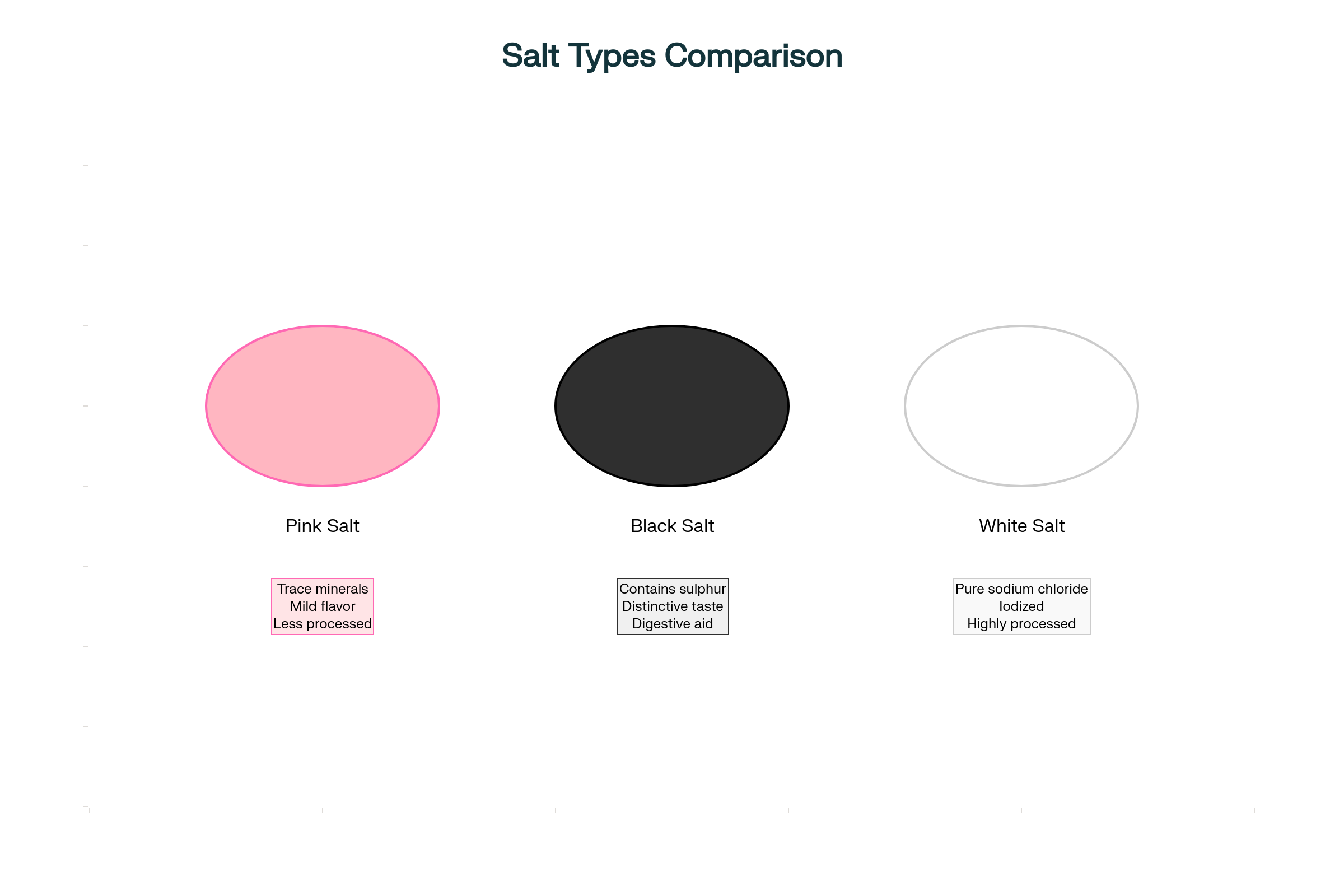
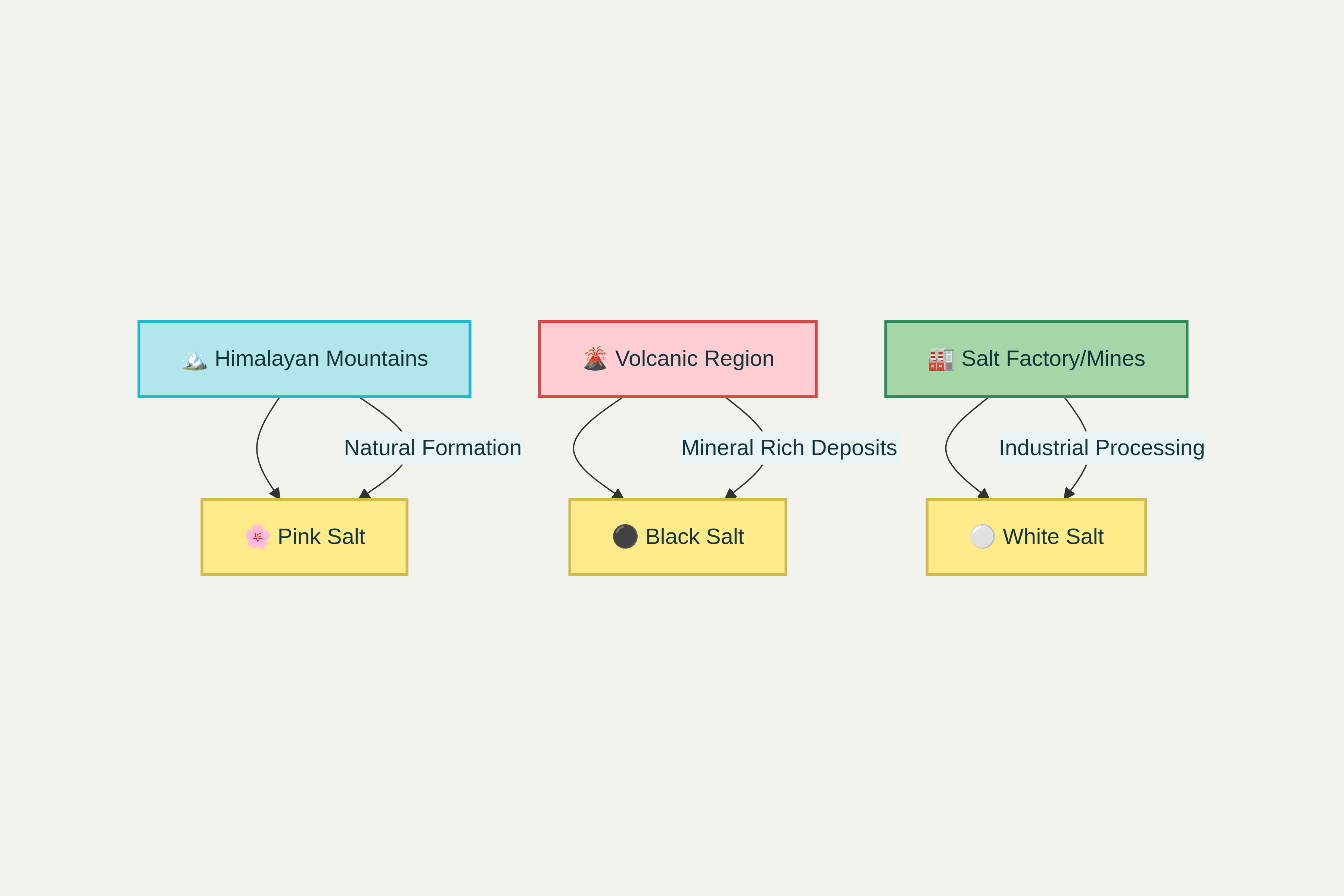

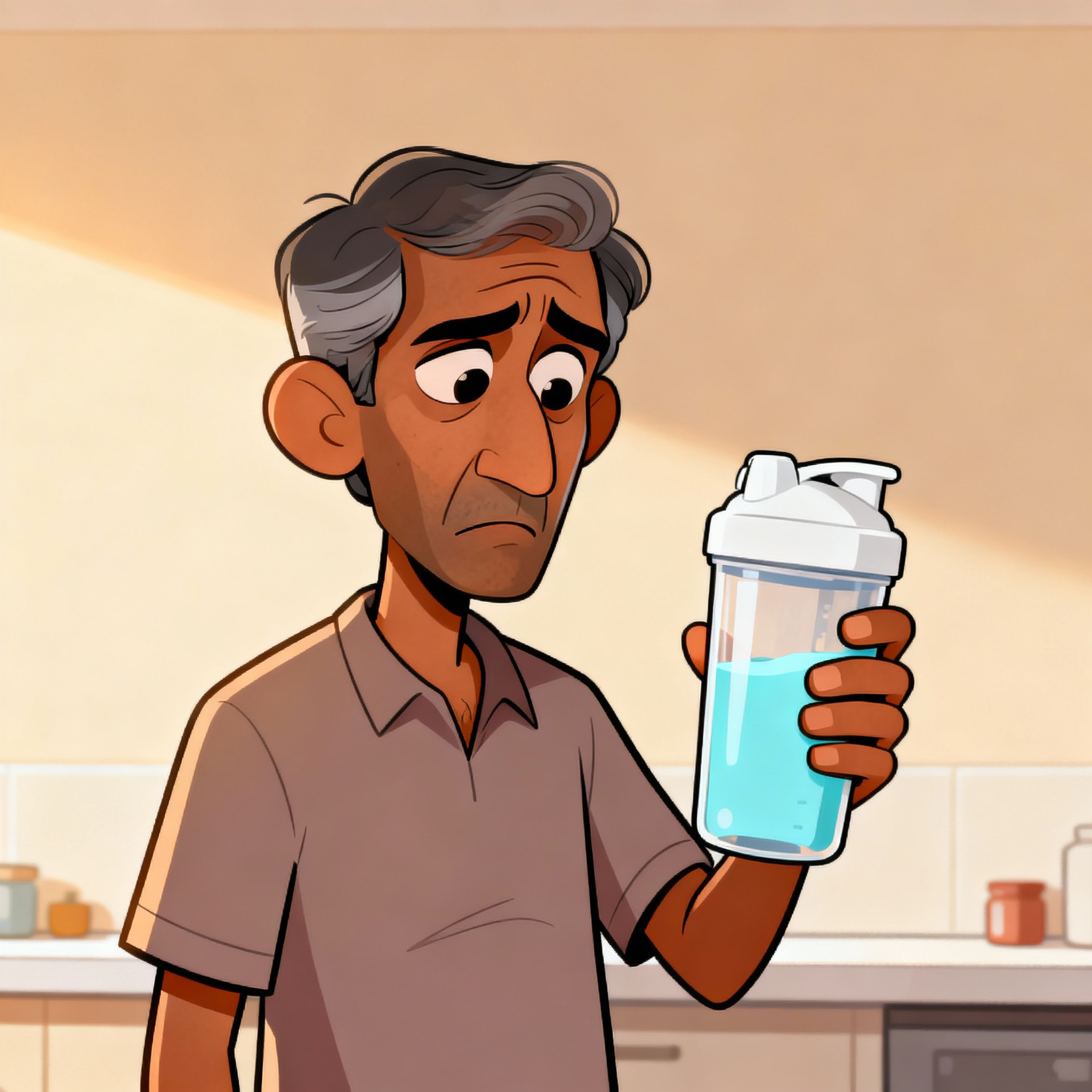

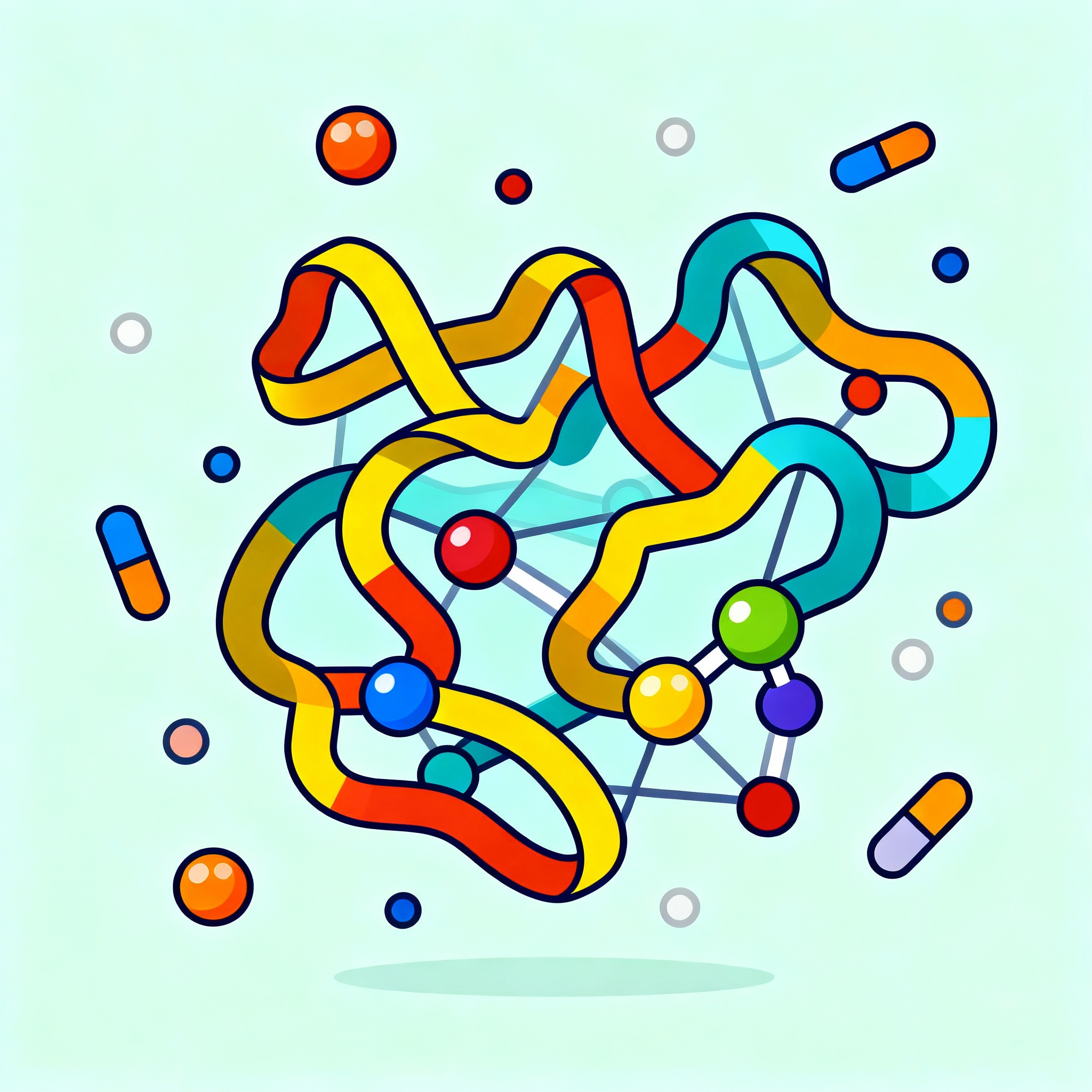








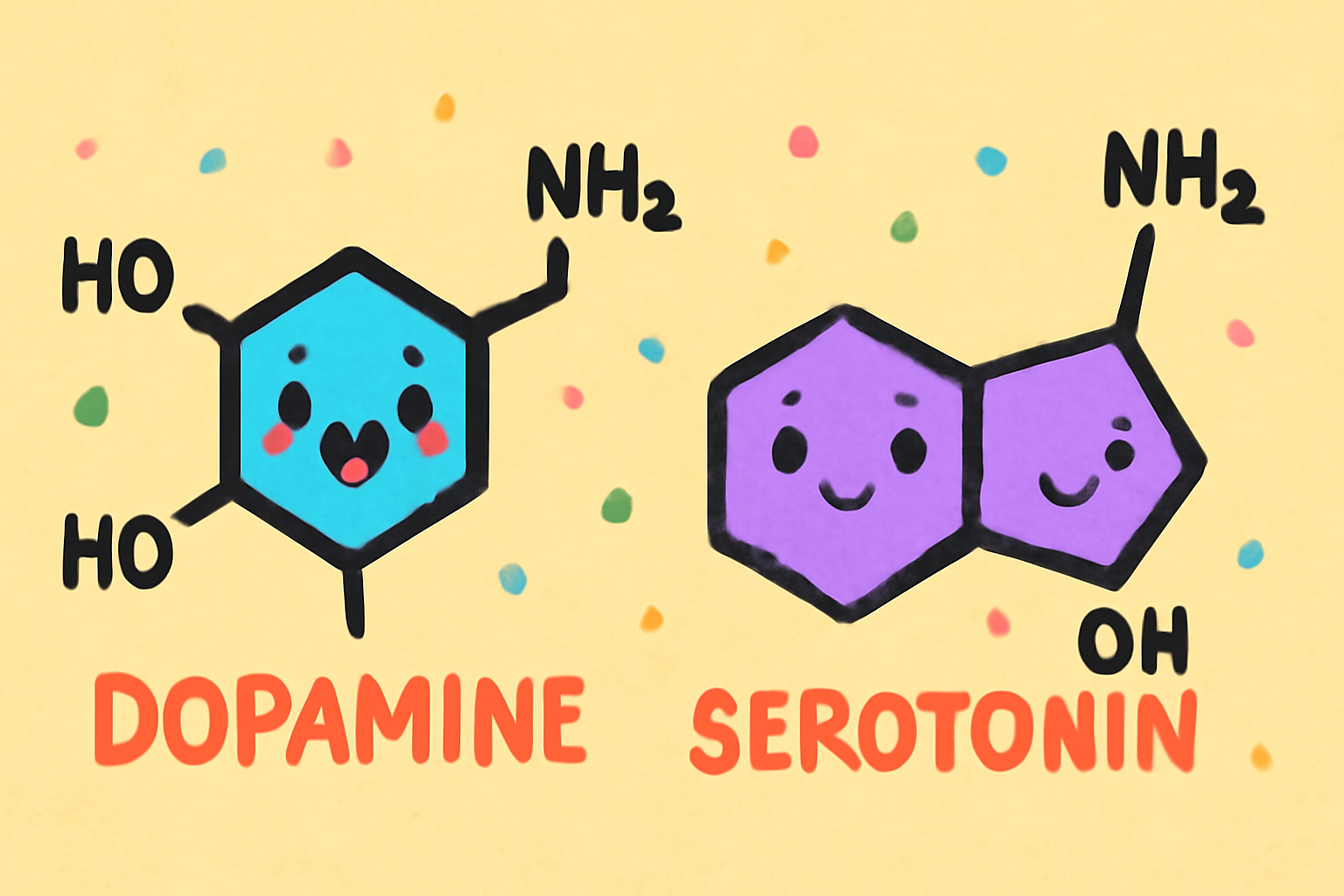

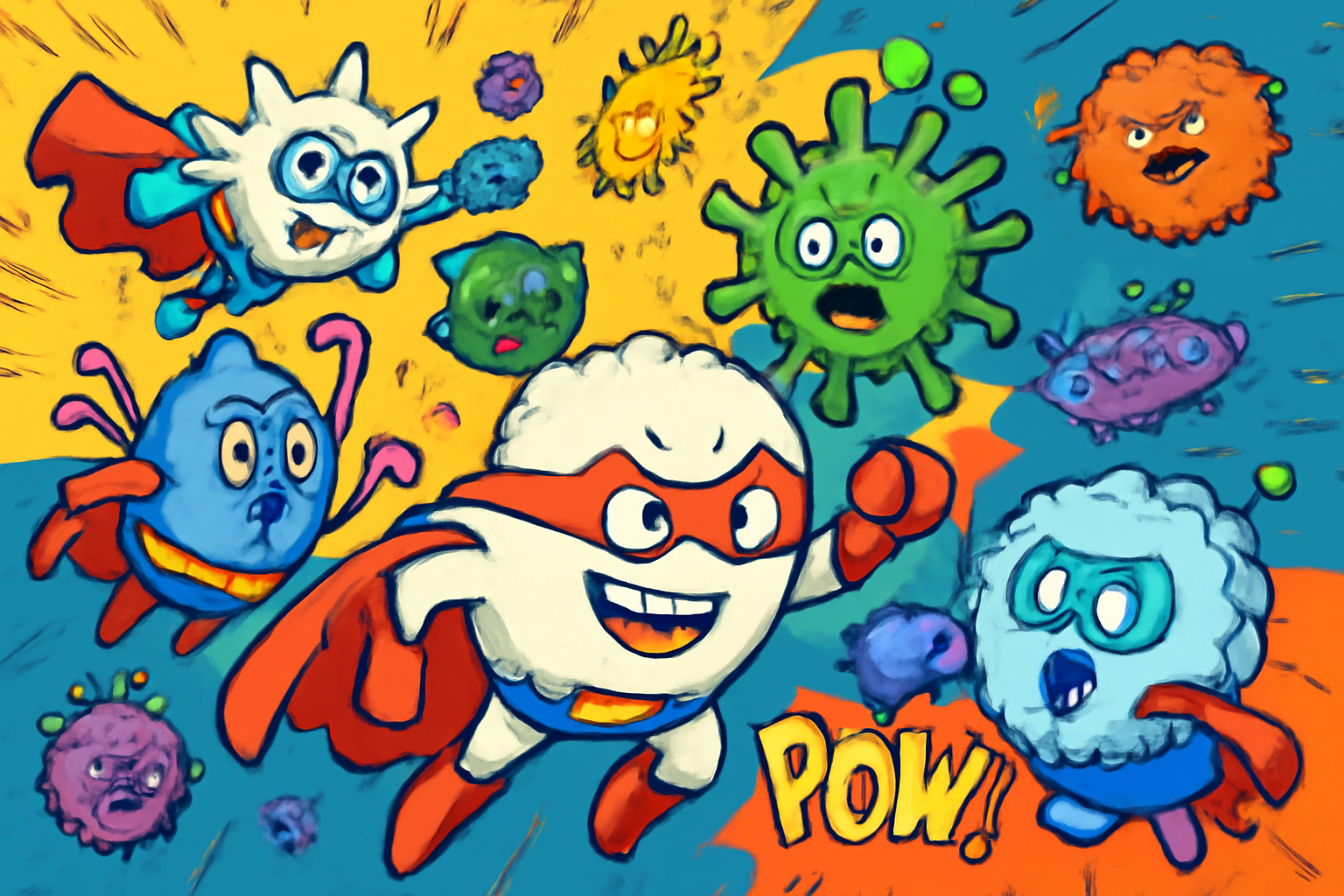
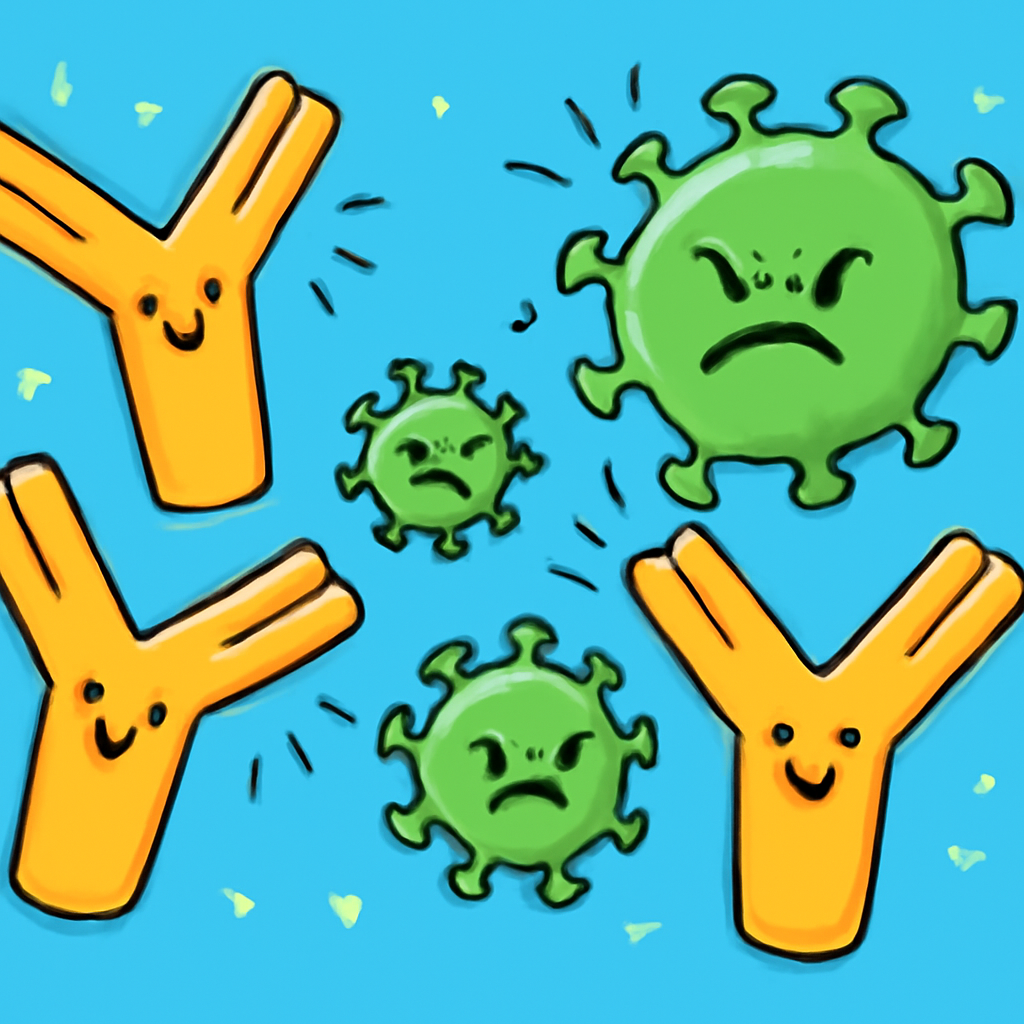
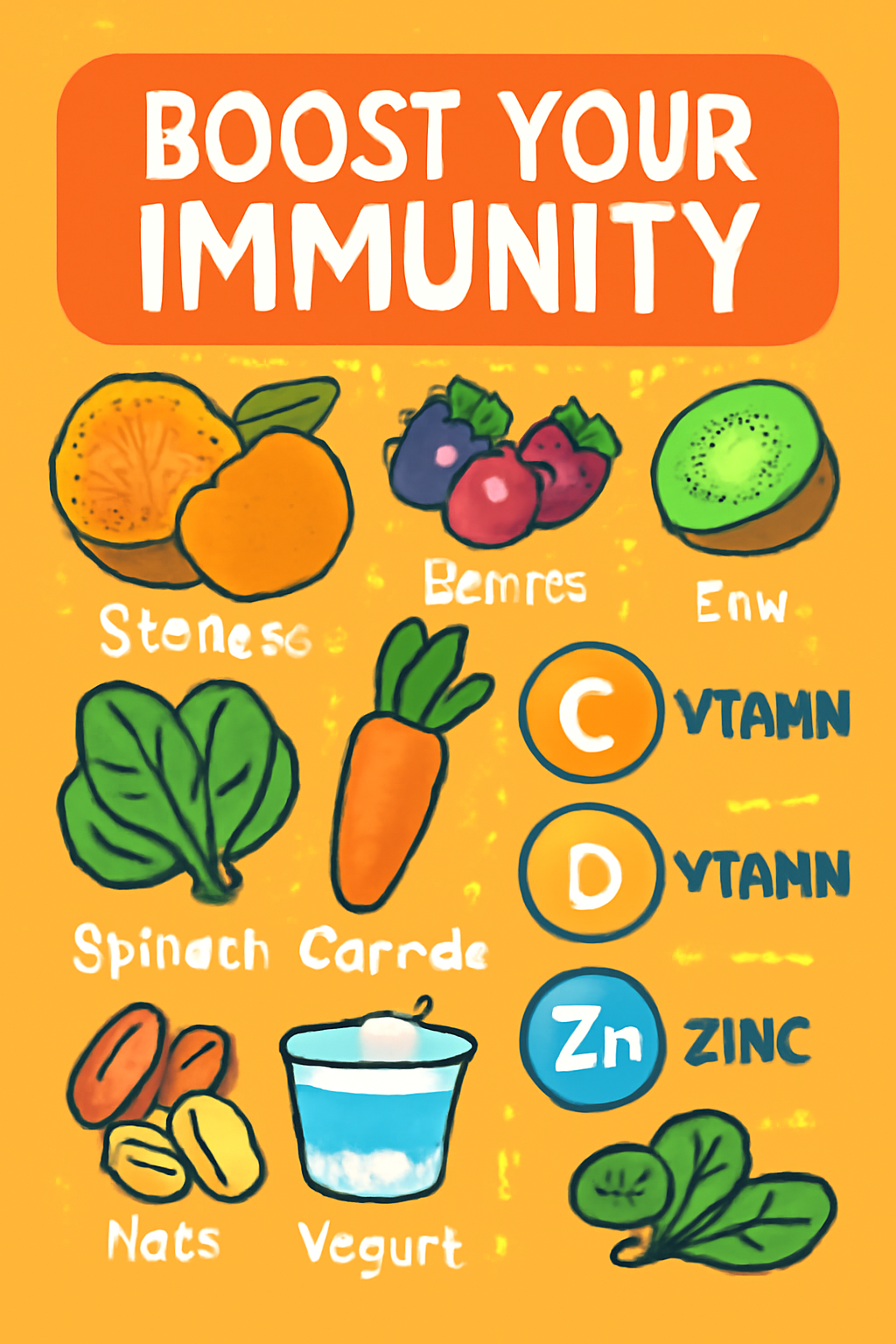
 Meera looks at her thermometer, eyebrows raised. “Just a little viral fever, no big deal, right?”
Meera looks at her thermometer, eyebrows raised. “Just a little viral fever, no big deal, right?”
 At home, Meera is curled up under a blanket. Rohit pours warm water and reminds, “Drink plenty of fluids, it’s not just old wives’ tales, it helps your body fight.”
At home, Meera is curled up under a blanket. Rohit pours warm water and reminds, “Drink plenty of fluids, it’s not just old wives’ tales, it helps your body fight.”
 Myth: Viral fever just means rest and waiting it out—nothing else matters.
Myth: Viral fever just means rest and waiting it out—nothing else matters.
 Ignoring viral fever or managing it badly leads to:
Ignoring viral fever or managing it badly leads to:

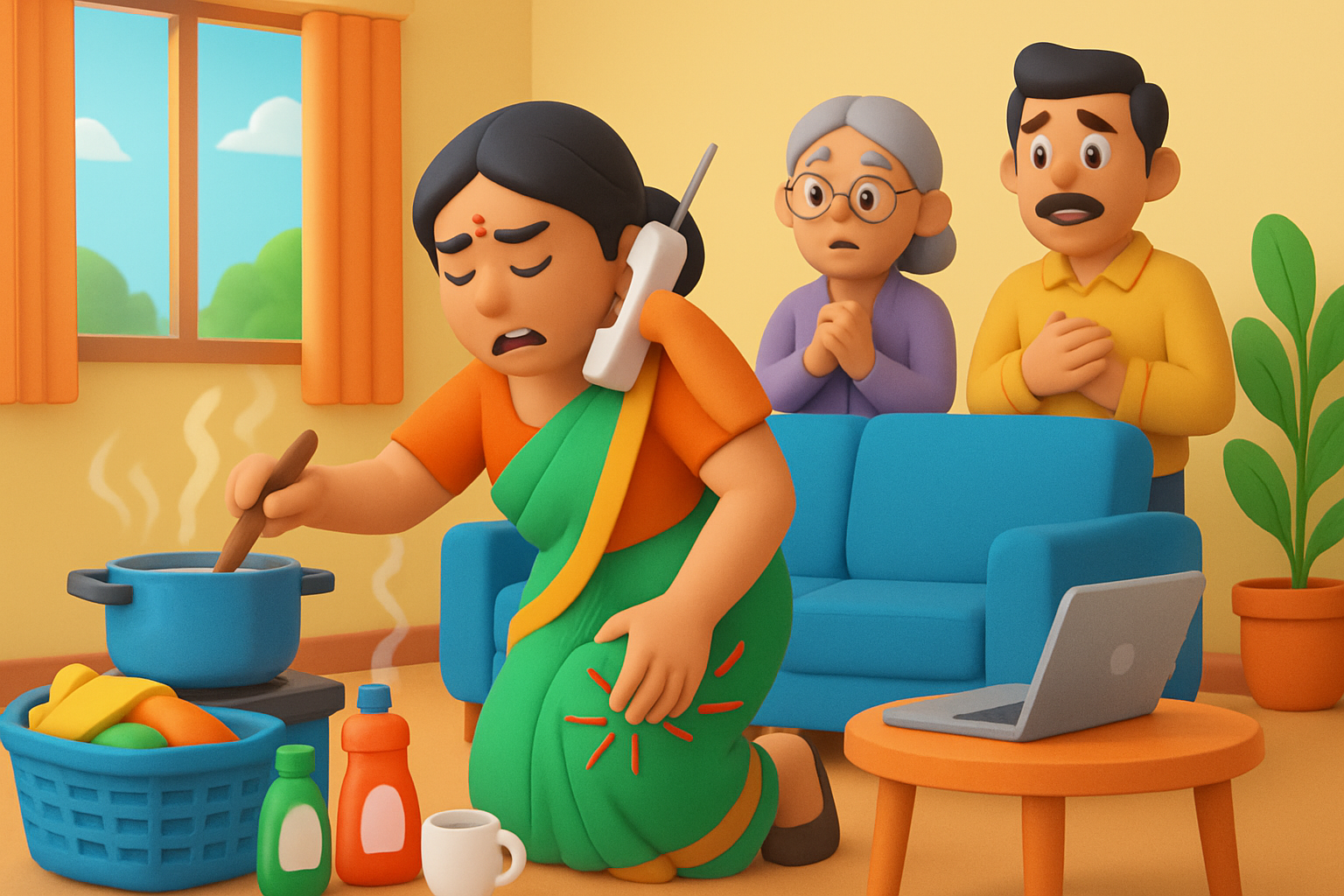
 At their favorite cafe, Meera complains: “I’m running around all day—kids, kitchen, work—and yet these knees feel betrayed.” Rohit responds, “Maybe your muscles aren’t supporting you enough.”
At their favorite cafe, Meera complains: “I’m running around all day—kids, kitchen, work—and yet these knees feel betrayed.” Rohit responds, “Maybe your muscles aren’t supporting you enough.”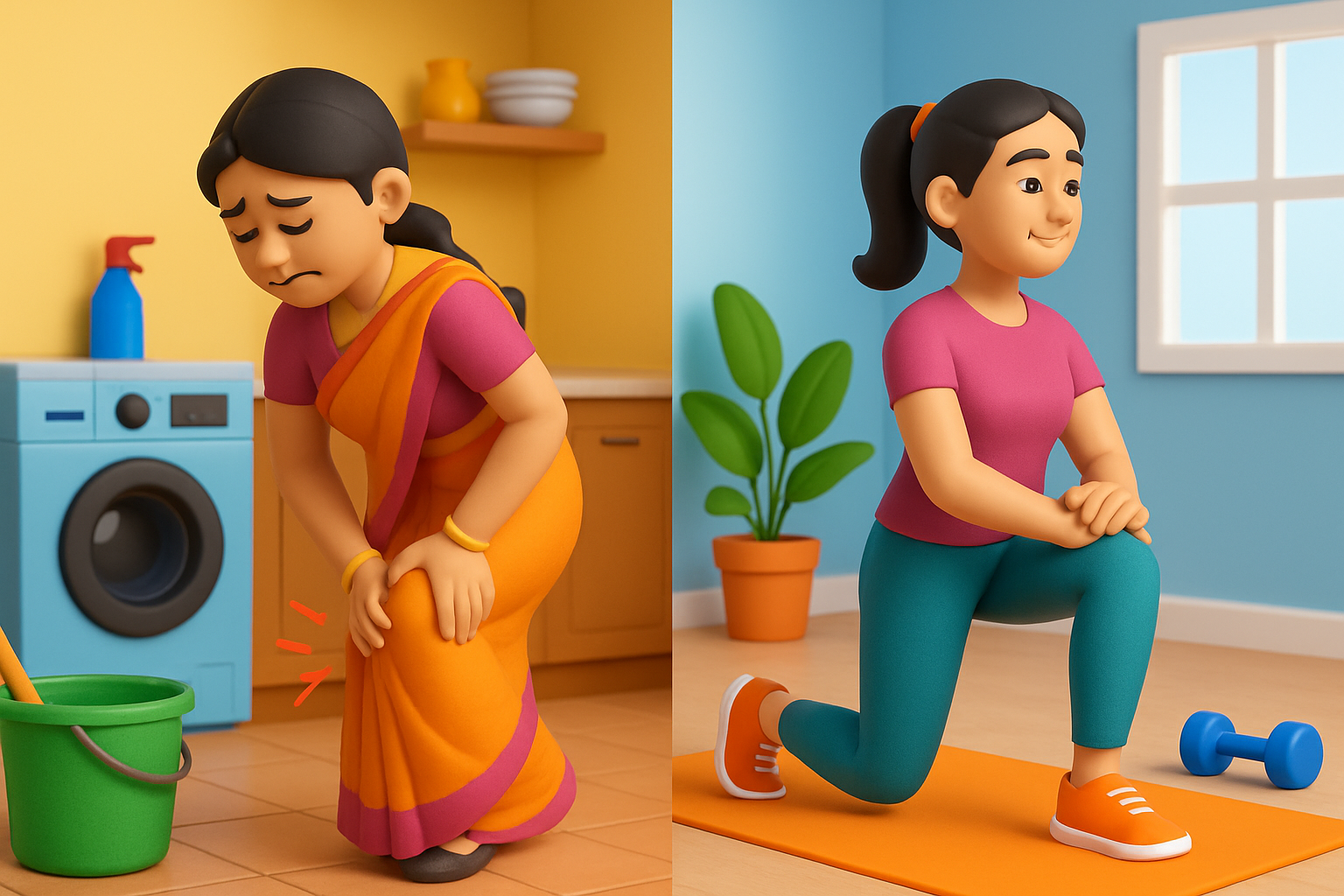 Myth: Knee pain is just part of aging.
Myth: Knee pain is just part of aging. Imagine your knees as dominos. One aches, the rest fall.
Imagine your knees as dominos. One aches, the rest fall.
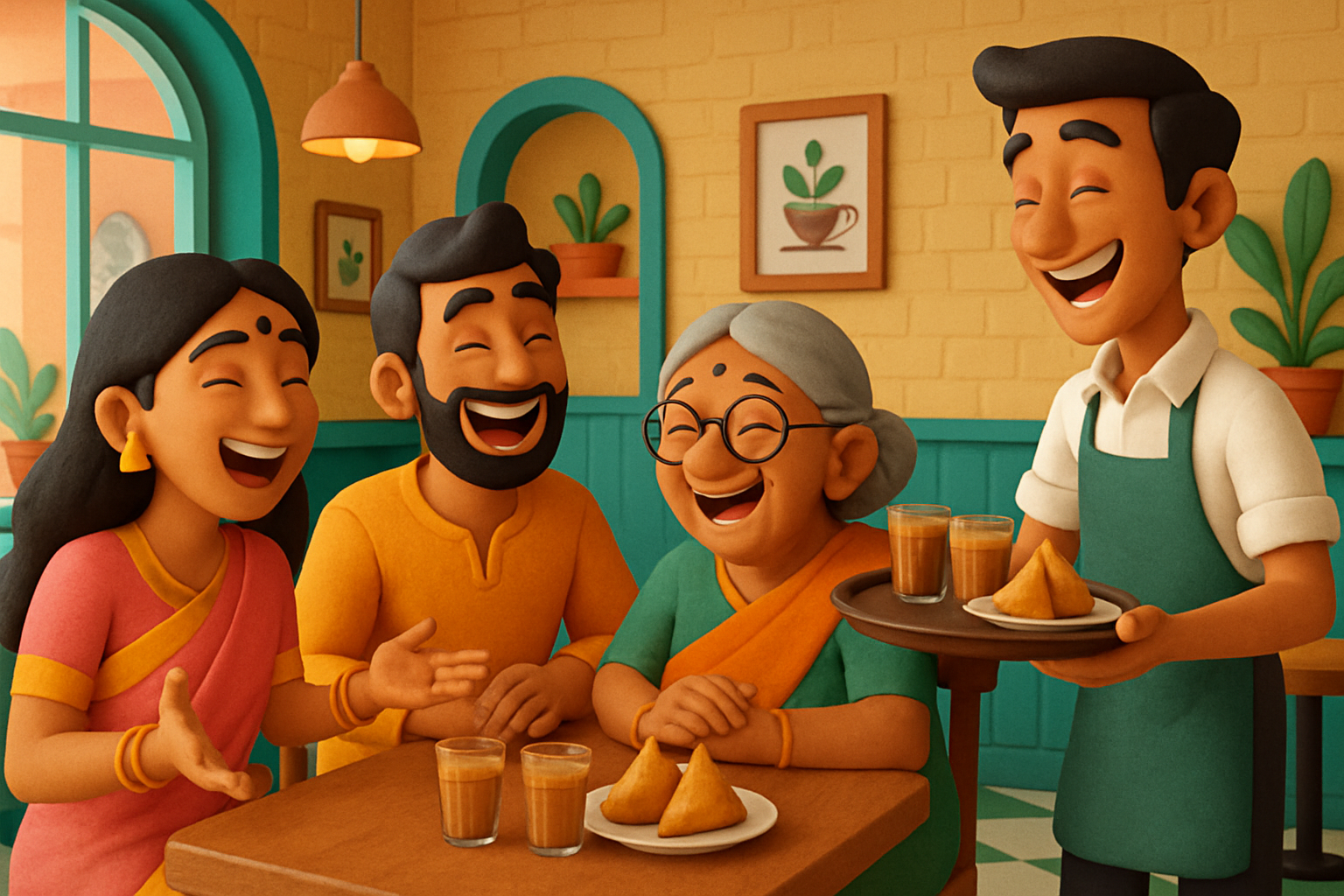 Being busy does not mean being fit. Cultural habits like prolonged sitting, repetitive squatting without proper form, and silently enduring pain increase joint stress.
Being busy does not mean being fit. Cultural habits like prolonged sitting, repetitive squatting without proper form, and silently enduring pain increase joint stress. Knee pain is not your destiny. It’s your body’s alarm system calling for help.
Knee pain is not your destiny. It’s your body’s alarm system calling for help.